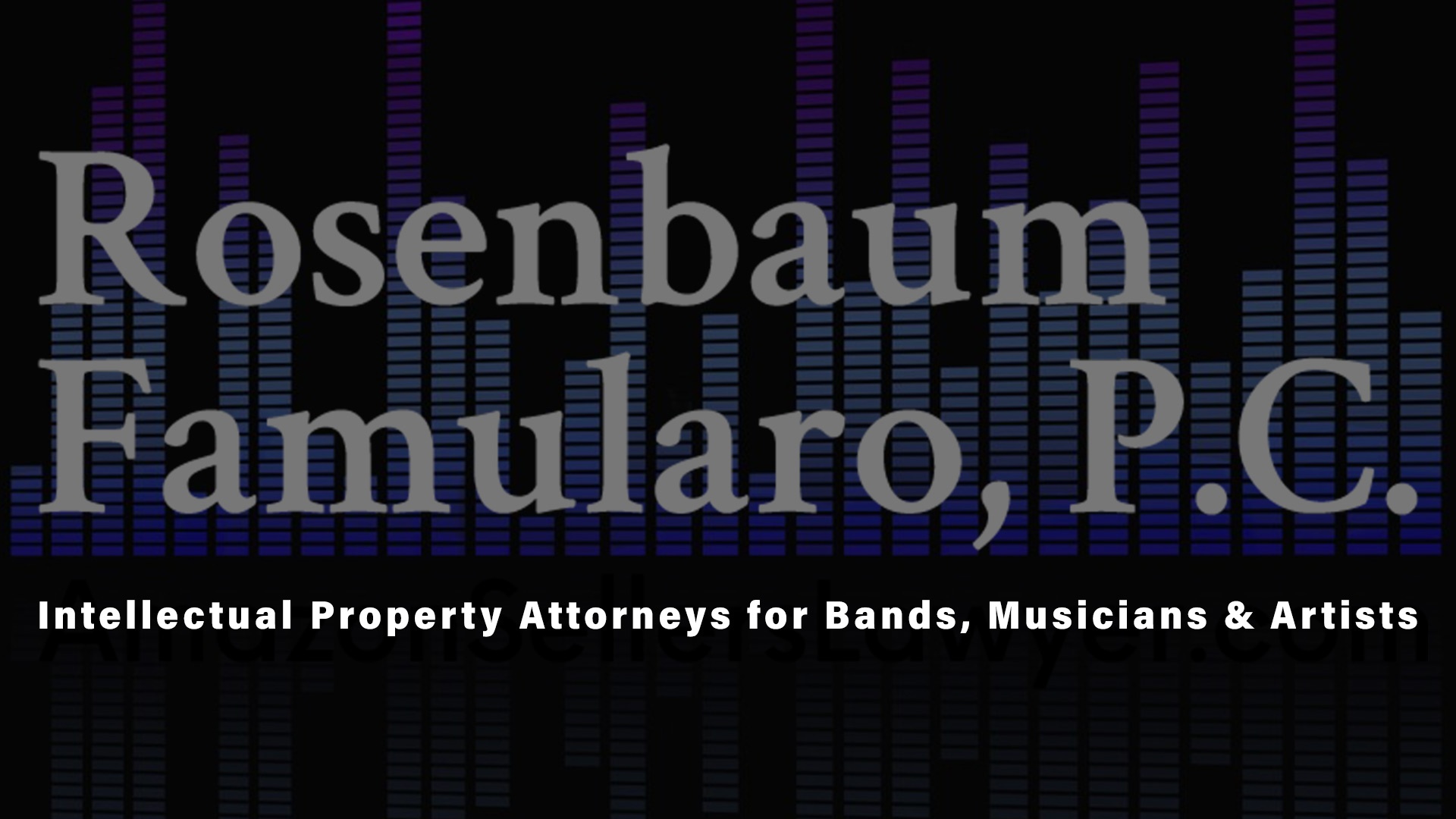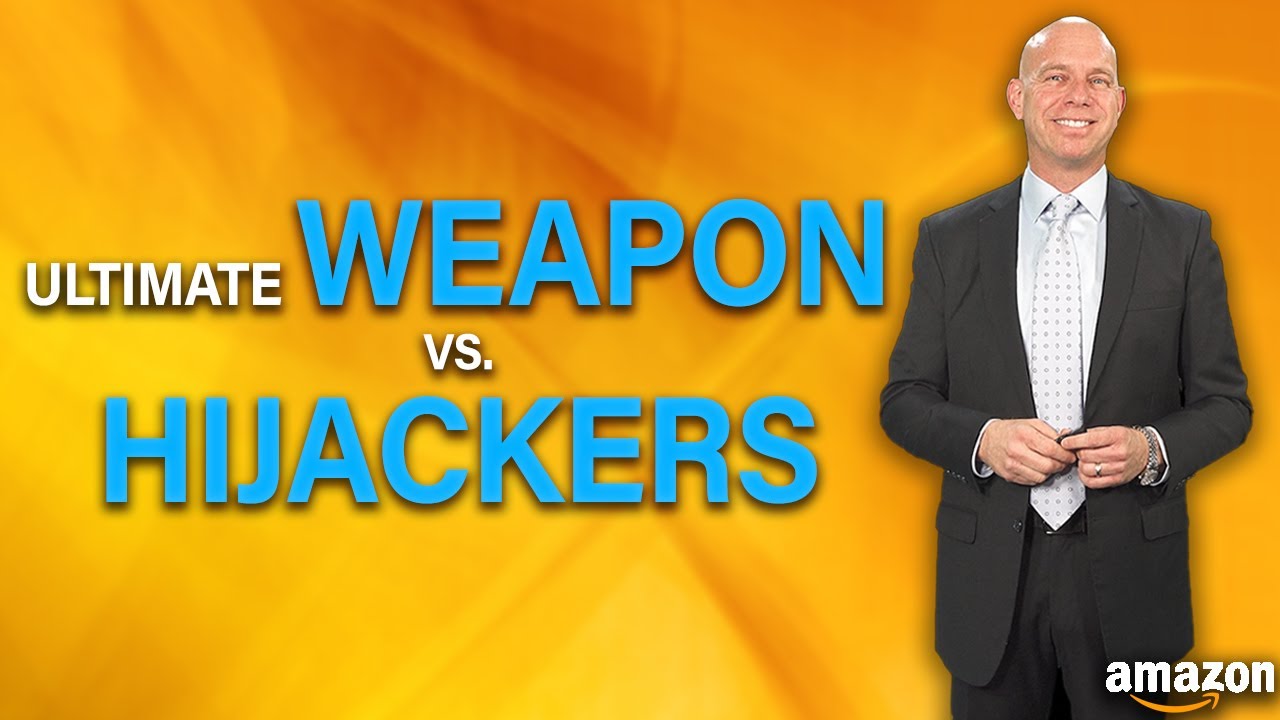
Solid visual branding is a foundational block to protecting your brand overall.
Starting and growing a business can be difficult, but with the right plan and knowledge, your brand can be successful.
Our articles are intended to provide entrepreneurs information on generating brand names and logos. We teach you how to protect your brand through trademark and copyright registration. We discuss certain tools that exist on ecommerce platforms that can help entrepreneurs maintain their brand both on and offline.
Brand Names
Brand names are the first thing a customer sees when shopping for a particular product. If someone is looking for detergent, they look for Tide. If someone needs jeans, they go for Levi Strauss. If someone needs a pain reliever, they go for Tylenol. These brand names have become so large and successful due partly to their marketing efforts, but largely it is the customers’ association with a quality product. A close association with a particular type of product or service is key to a brand’s success.
 There are several factors to consider when choosing your brand name. Begin with what you want the name to accomplish. Think of how this name will work in the existing commercial space for other products. If you are offering a unique product or service, how will that name work in the new commercial space created? Consider using uncommon letters like Q, Y, Z, and others. [1] This may make your brand name more recognizable and memorable.
There are several factors to consider when choosing your brand name. Begin with what you want the name to accomplish. Think of how this name will work in the existing commercial space for other products. If you are offering a unique product or service, how will that name work in the new commercial space created? Consider using uncommon letters like Q, Y, Z, and others. [1] This may make your brand name more recognizable and memorable.
Consider also how your brand name will be spelled by Siri, Cortana, and Google Assistant. Many people use these digital assistants to search for products and make general queries and the use of digital assistants grows daily.
In a world that is constantly innovating, it is essential to consider how your brand’s name interacts with today’s and tomorrow’s technology. Another good thing to consider is how closely your brand’s name will be associated with common phrases or other brands. It is also possible that consumers may confuse your brand’s name with a common phrase or terms with negative connotations, so stay away from these!
Your brand name is an identity.
It is the first thing customers will identify with. Choosing a name that is easily distinguished from others, easily found on the internet, and easily recalled from memory is a good strategy. However, these guidelines are exactly that, guidelines. Your business may have specific needs for a brand name, make sure to keep those in mind as well. Using the questions above, as well as your own suited to your particular brand’s needs will help generate a usable, and memorable name. Later on, we will discuss how to protect your brand name by registering it as a trademark.
Logos and Labels
Logos and labels, like your brand name, are things customers will come to associate with your private label products or services. Similar to your brand name, there are some things to keep in mind when developing a logo. There are a handful of basic kinds of logo formats that may help in getting started in the creation of your brand’s logo.
Lettermark or Monogram Logo
First, the letter mark or monogram logo, is a logo that generally is an acronym for a multi-word brand name. Some popular examples include HBO, IBM, or NASA. These brands’ logos are a stylized font with the abbreviation for their brand name. Customers will associate the font with your brand. For less established, or perhaps smaller brands, consider putting the full name of the brand underneath the abbreviation to establish and then reinforce the recognition. [2]
Our law firm did this successfully with our brand for helping Amazon sellers: AmazonSellersLawyer.com and “ASL.” Eventually the long-hand name may be dropped as customers begin to recognize your brand by the abbreviation only.
Wordmark or Logotypes
This is a variant of the letter mark logo. Wordmark logos emphasize the font in addition to the full name of the brand. This works best for brands that have a succinct name such as Discover, Google, or Coca-Cola. Short brand name and striking design make for a powerful combination for brand recognition. Create a font unique to your brand or select an existing one; remember, the focus is primarily on the name itself, so choose a typeface and stylization that compliments it. [3]
Pictorial Marks or Logo Symbols
When someone says logo, this type is probably what immediately jumps to mind. Pictorial marks are symbols that are recognized instantly as a particular brand, such as the Apple logo, Facebook “f” or McDonald’s golden arches. Logos of this type provide instant recognition among potential customers. Logos in this category may also serve the additional purpose of telling the consumer what the product is or does. This type of logo can be a play on a name or word. Examples include the Snapchat ghost (the pictures disappear) or John Deere. [4]
Abstract Marks
These logos are whatever the creator wants them to be. This is by far the most creative of the types discussed in this chapter. The idea of these logos is to represent the company in a single, original image. [5] The sky is the limit in designing a logo in this category, but sellers want to evoke a feeling in someone who sees the logo such that they have a positive and instant recognition of your brand.
Mascots
Mascots are characters that serve both as a logo and as a representative for your brand. Examples include the Geico Gecko, Kool-Aid Man, or Planter’s Mr. Peanut. Mascots may help endear your brand to families and children. [6] This type of logo lends itself to pictorial advertising. Unlike other forms of logos discussed in this chapter, the mascot is not to be used in a vacuum. What do we mean by that? The mascot is an enhancing logo, used to market your brand to specific groups and act as a brand ambassador, all the while supporting other logos and aspects of your brand. Mascots can be very useful when seeking the approval of a trademark application as evidence of expenditures on marketing.
Compound Marks
Compound marks make the best of multiple forms of logos we already discussed. It can be a combination of any logo format. Combinations of both wordmark and lettermark, lettermark and pictorial mark, even abstract and mascot can be made. As long as the mark is recognizable as your brand any combination may work. The ultimate goal of a logo is to generate recognition among potential customers.
Some examples of popular compound marks are Doritos, Burger King, and Goodyear. These logos are extremely versatile as brands can reap the benefits of multiple logo styles at once. They also have the ability to be changed over time as your brand gains more recognition, or simply wants to switch to solely a pictorial or letter mark, see Starbucks circa 2011. [7]
Emblems
Emblems are logos that typically use a font inside a symbol. These are commonly used by government agencies, think the FBI or FDA. They are also used by universities and some companies; for example, Starbuck’s old logo or automobile manufacturers. These logos are typically quite striking and recognizable due to their combination of a unique symbol and font. They are not, however, combination logos because the font and the symbol are not usually separable. It is important to note that if sellers intend on using this logo on clothing, it may be difficult to capture the same level of detail on a smaller scale. [8] Depending on your products, it would be beneficial to think about keeping the level of detail small. Of course, a wordmark may also be used.
Brand names & logos are the essence of your brand in a symbol and word.
Careful selection of brand names & logos is extremely important for registration of trademarks and copyrights. The examples above are not the end all and be all of logos. Your brand’s logo is exactly that, your brand’s logo. It should be an embodiment of your brand.
Creating Brand Names & Logos
[1] Adam Lang, 10 Hints for Choosing the Perfect Brand Name, Rewind & Capture, (Mar. 6, 2016), http://www.rewindandcapture.com/10-hints-for-choosing-the-perfect-brand-name/.
[2] Hilda Morones, The 7 types of logos (and how to use them), 99designs (last visited Jun. 7, 2016), https://99designs.com/blog/tips/types-of-logos/.
[3] Id.
[4] Id.
[5] Id.
[6] Id.
[7] Hilda Morones, The 7 types of logos (and how to use them), 99designs (last visited Jun. 7, 2016), https://99designs.com/blog/tips/types-of-logos/.
[8] Id.








